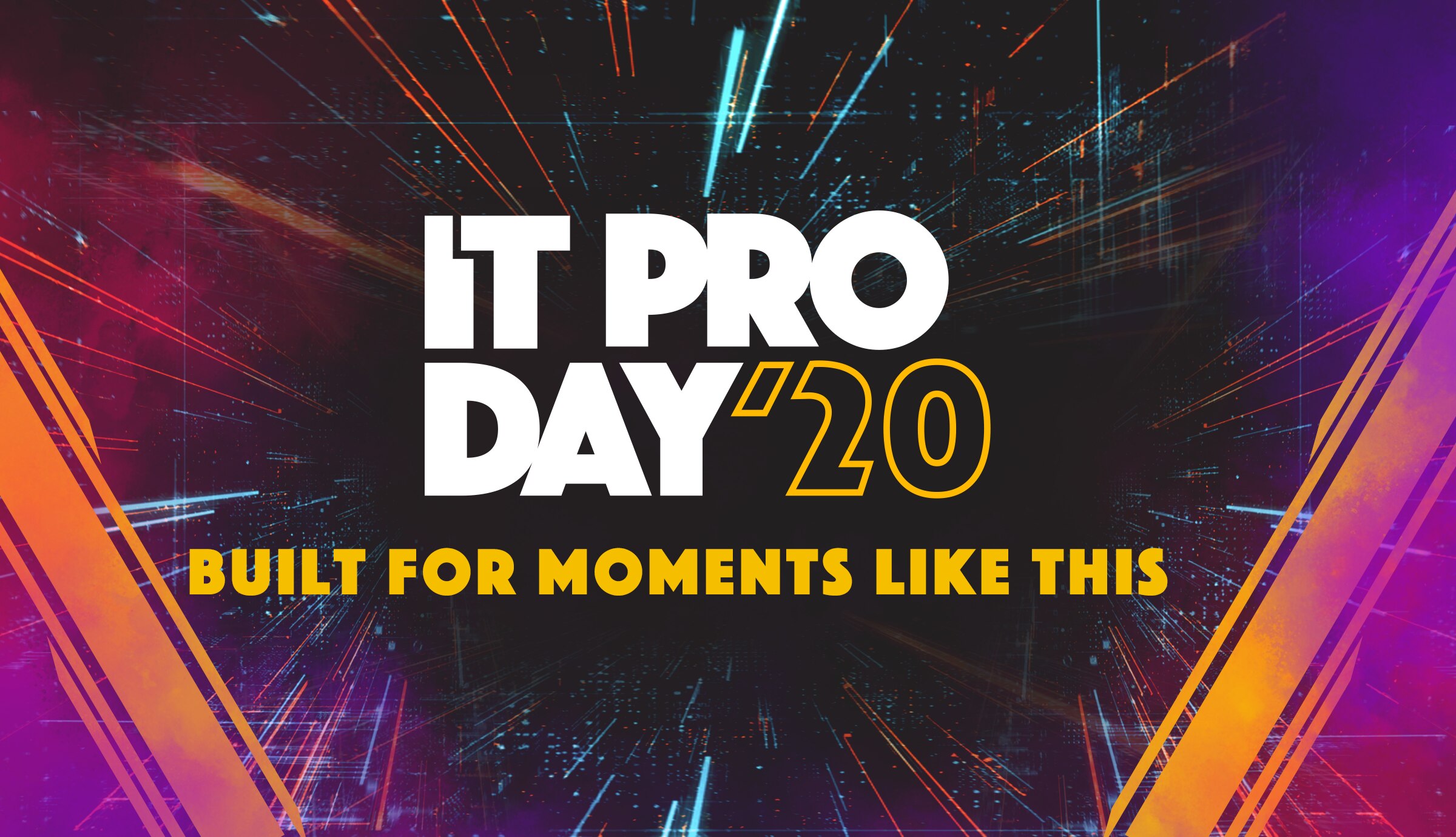Attitude Adjustment: Accentuate the Positive

Experienced IT practitioners know applications and solutions—whether off-the-shelf, customized, or built from scratch—are rarely a perfect fit. Inevitably, something doesn’t work quite the way we want, scale to quite the level we need, or cost exactly what our budget approvers would prefer. However, there’s a difference between a total loss full of failing features and vaporware promises and a tool set with many useful elements, even if a few need tweaking. The way we talk about these products—to our management, to the vendor, to our teammates, and even to ourselves—says more about how mature we are as professionals than it does about how mature or robust the solution is.
This Isn’t an Arm Wrestling Match
Too many times, IT pros mistake finding the best suited product for a competition between two products. When encountering a piece of software that has something “wrong” with it, it’s good to step back and see the positive of the product for a particular use instead of focusing on one bad feature. Hyperfocusing on one feature or vendor can lead to the loss of great opportunities. For example, a comparison list between two products and features can be useful when you’re clear on the set of use cases you’re trying to address. But keep in mind, having more features doesn’t necessarily make a product better. Companies must pay attention to what a product offers rather than the number of features it offers. It’s a case of quality over quantity while focusing on the benefits of a tool.
Why We Have Specialists, or “That One Coworker”
I know it’s been a while since we’ve been to the office, but I’m sure everyone can remember a coworker who always leaves their dishes in the sink, never washes their hands, or refuses to remove their week-old leftovers from the fridge. Sure, it’s a nuisance, but there’s a reason they haven’t been escorted from the building. Chances are this, um… “interesting” employee is extremely talented at their job and is one of many talented people with their own quirks who all occupy your company (though they may be sitting on a different floor, where you don’t notice their dishes. Or hands. Or fridge leftovers). Like an employee with their individual faults, we shouldn’t be quick to judge and dispose of products or vendors with a few bad features or offerings. Throwing them out would only mean throwing out their good features with them.
The Pros and Cons List
It’s tempting to get wrapped up in a fault, so it’s important to step back and weigh the pros and cons. When choosing a vendor or product, narrow down your options to two or three top choices. Instead of listing the features offered and making a choice based off which one offers more, note the features your company can’t compromise on and the ones you may not need as much. I know it sounds weird—why should you compromise on any feature? But there’s no such thing as a perfect product or vendor, and if there is, please email me. Your deciding factor should be the product or vendor best suited to your situation, not the one with a higher number of features.
Share:
Leon Adato
Leon Adato is a Head Geek™ and technical evangelist at SolarWinds, and is a Cisco® Certified Network Associate (CCNA), MCSE and SolarWinds Certified Professional (he…
Read more






